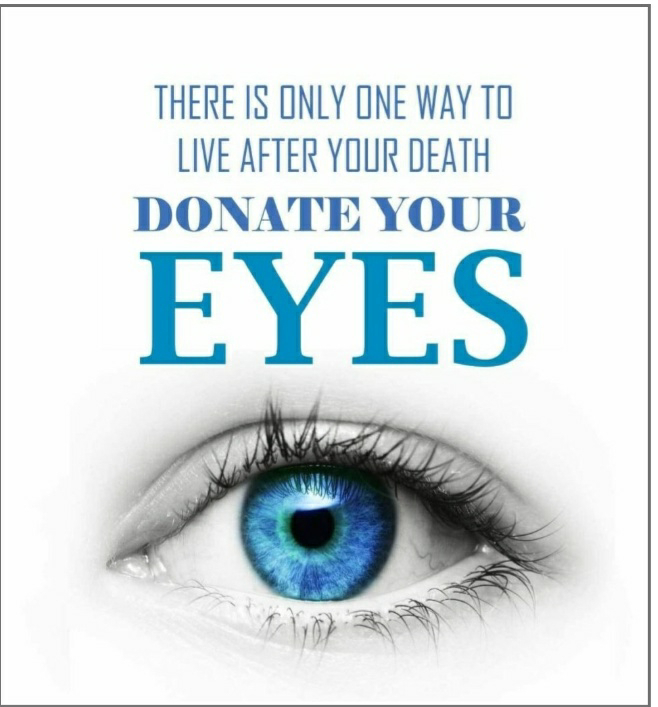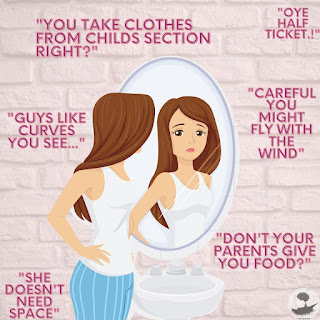Eye Donation
EYE DONATION
Cornea donation
Almost anyone can donate their corneas. The cornea is the clear tissue at the front of the eye that lets in light so one can see. This small and simple part of the eye is extremely important for thousands of cornea transplants a year, and often saves the eyesight of the patients.
Eye donation
Eye donation involves donating your corneas – not your iris. Sometimes called a keratoplasty, or a corneal graft, a cornea transplant could give someone back the gift of sight. When one registers as an organ donor, one can choose to be a tissue donor too. Why not register as an organ and tissue donor today? The register is a permanent record of one’s wish to be a donor and can be updated at any time.
Can I be a cornea donor?
Your corneas could be invaluable for saving someone’s sight. Most people are able to donate their corneas when they die. As with other tissue donations, even people who may be unable to donate their organs can usually become cornea donors. This is because not all of the restrictions that apply to organ donation are applicable to tissue donation. There is no age restriction for donating eyes, skin or bone.
With more donors like yourself, we could be changing many more lives. Cornea transplants usually have a very good chance of success. Around 93% of transplants continue to function after one year. By five years, 74% of transplants are still working well and many will continue for many more years after that.
The sooner that donation takes place, the better the transplant outcome. But your corneas can be donated up to 24 hours after your death. All the major religious faiths support eye donation.
Why do people need a corneal transplant?
We do not currently have enough donated corneas to meet demand in the country. People can need cornea transplants for quite a number of reasons including:
•disease or injury that has made the cornea cloudy or distorted, causing vision loss
•scarring of the cornea after infections such as corneal ulcer
•Keratoconus (thinning of the cornea that causes a cone-like bulge to develop, usually in young people)
•age or inherited conditions that may lead to cloudiness of the cornea in older people
•scarring caused by herpes, the cold sore virus.
A cornea transplant makes a lasting difference to people’s lives and is a relatively quick procedure. Depending on which type of corneal transplant people need, and how much of the cornea needs replacing, the transplant can be completed in under an hour.
How to motivate people for donating eyes with active support and participation of NGOs?
•Methods-Authors utilized the help of local voluntary, social, and religious organizations for the selection of sites, local publicity, arrangement and mobilization of people and other infrastructure. Schools, colleges, clubs, organizations, trade union offices, public functions, etc. are utilized for the arrangement of this awareness and motivation camps.
•Results: As a result of the eye donation awareness and motivation programs we got 1035 eyes in the past 12 years. Starting with 24 eyes in the first year rising to 126 eyes in the 12th year. 64% of the eyes received were utilized for keratoplasty and 36% were used for research purposes.
•Conclusions: Our experiences have convinced us about the important role of social and religious organization and its leaders in spreading the message of eye donation among people. These organizations have an active role in creating awareness and motivation of eye donation to clear the backlog of corneal blindness in India.


Comments
Post a Comment